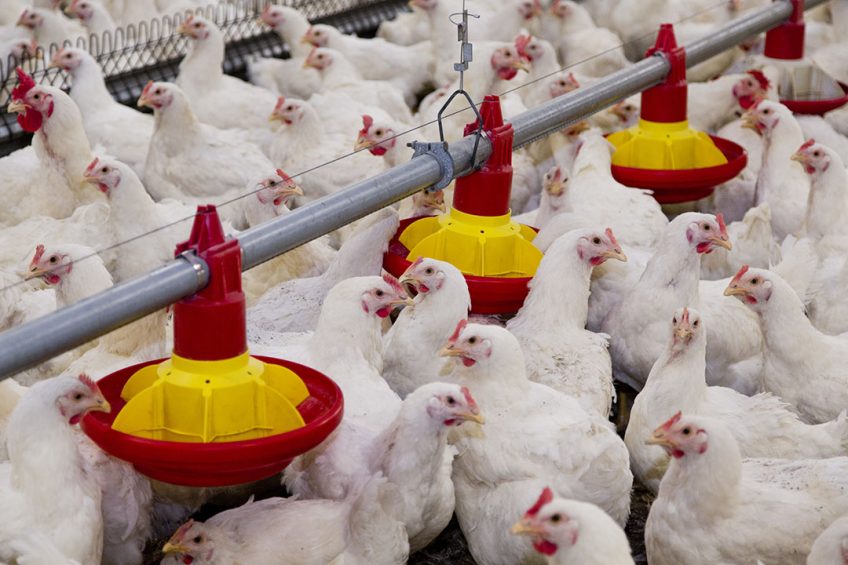Using nuclear science to control animal disease

Nuclear and related immunological and molecular science is helping control avian diseases across the globe.
The International Atomic Energy Agency says such techniques are essential tools in the early, rapid and accurate diagnosis of transboundary and zoonotic animal diseases.
The IAEA has been working for a number of years with the Food and Agriculture Organisation (FAO) to develop and adopt nuclear-based technologies for optimising animal health management practices that help intensify animal production and optimise the utilisation of natural resources.
The IAEA highlights the Africa-wide implementation of a technology based on immunoassay – a serological test – which has provided the platform to monitor national vaccination programmes of the Pan African Rinderpest Eradication Campaign, as a case in point. This work has made it possible to free the world of rinderpest and led to annual economic benefit to the region estimated at US$920m.
The successful networking effort has led to further work with the FAO and OIE to contain avian influenza.
The IAEA says nuclear as well as nuclear-related and nuclear-derived immunological and molecular technologies play important and often unique roles in animal health management. They are easy to use, rapid, sensitive, specific and robust, and offer significant advantages over other methods.
Control and eradicate poultry diseases
This, it argues, includes point-of-care use, which supports the efforts of veterinary authorities, extension services and farmers to control and eradicate disease that negatively impact on animal productivity and health.
Stable isotape ratios provide a way of tracing animal movements, thereby enabling a more efficient assessment of the risks of disease transmission. Exposure of pathogens to controlled doses of gamma irradiation make it possible to develop attenuated vaccines containing metabolically active but non-replicating pathogens that are capable of inducing a strong immunological response and memory, especially in cases of parasitic diseases.
Avian influenza
The IAEA this week released a video showing how nuclear science is making a difference in the fight against avian influenza in Belize. With the FAO, it has been providing technology and support for lab technicians for the early and rapid diagnosis of diseases to prevent the spread of diseases to humans.
Gerrit Viljoen, FAO/IAEA spokesman, said: “The nuclear and nuclear-derived technologies give us that extra sensitivity and specificity to do the early diagnosis of pathogens so that we can detect the disease before the onset of the disease.
“We have to protect these animals and also the owners so they can improve their livelihoods and then they can also enter into trade.”
Silvia Mendez, laboratory manager, said: “In the past, we have had to send samples to the United States for confirmation of a diseases. Now, with the help of the IAEA we are able to detect the diseases in less than 36 hours.”













